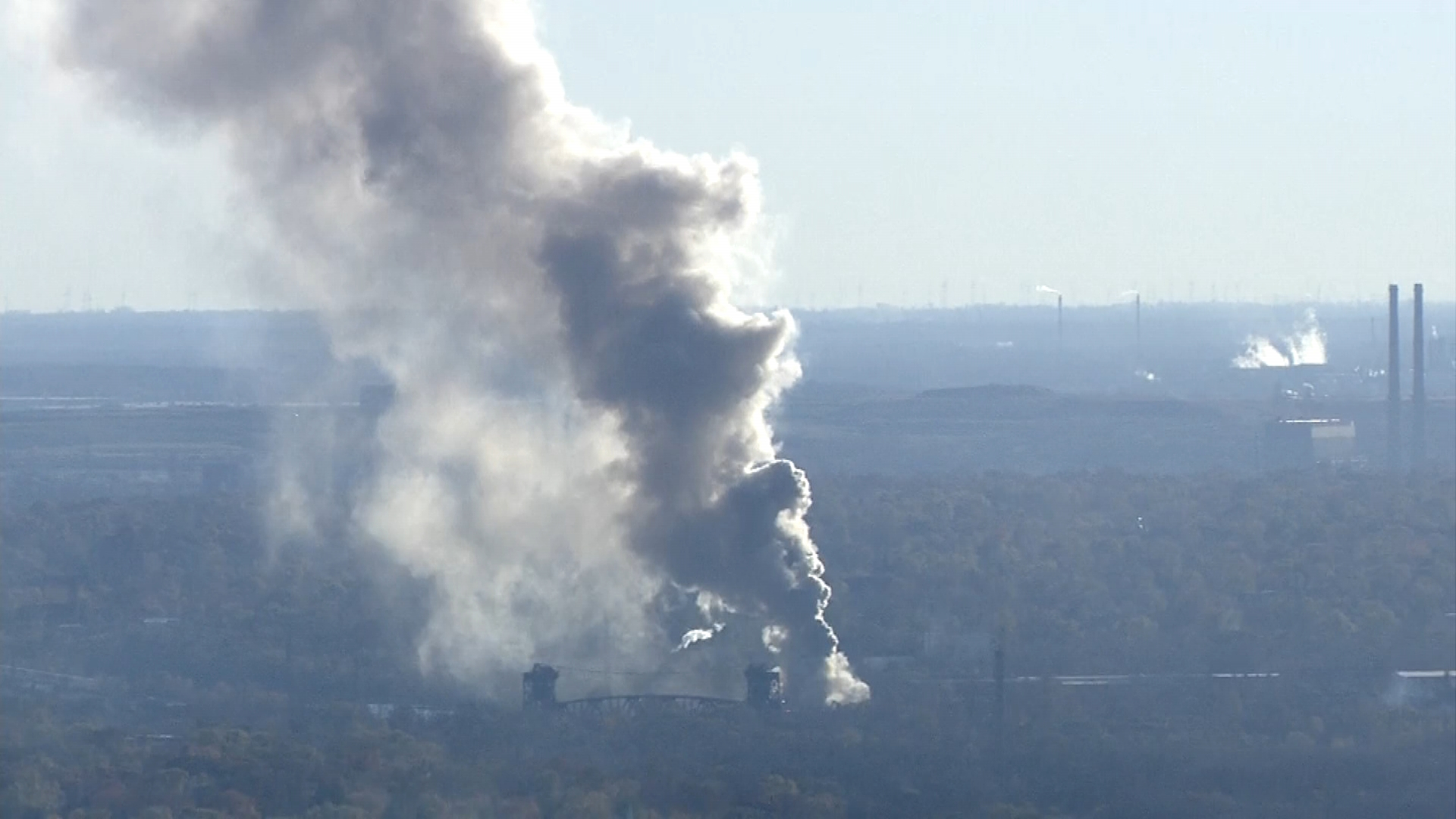
The Chicago area was treated to a partial lunar eclipse on Tuesday, and while it coincided with a supermoon, the next eclipse in the area could be even more spectacular.
In fact, the next lunar eclipse that will be visible over the skies in the Chicago area will be a total lunar eclipse, and it’s coming up sooner than you may think.
Here’s what to know.
What is a total lunar eclipse?
In a total lunar eclipse, the moon moves into the Earth’s shadow, or its “umbra.” Some sunlight passing through the atmosphere still reaches the surface of the moon, but only colors with longer wavelengths remain visible, according to NASA.
As a result, the moon appears reddish in color during a lunar eclipse, with the amount of dust in Earth’s atmosphere helping to determine just how red the surface of the moon looks.
When will the eclipse take place?
Local
A total lunar eclipse will take place on the night of March 14, 2025, and will be visible across a wide swath of the world, including the United States.
If you want to see it, you’ll have to either stay up late or wake up super early. The partial eclipse will begin at approximately 12:09 a.m. on March 14, according to TimeandDate, and will become a total lunar eclipse at approximately 1:26 a.m., hitting its peak just before 2 a.m.
Feeling out of the loop? We'll catch you up on the Chicago news you need to know. Sign up for the weekly Chicago Catch-Up newsletter.
What else will be unique about this eclipse?
Where the partial lunar eclipse the Chicago area saw on Tuesday occurred during a “supermoon,” meaning that the moon was at one of its closest points to Earth, the total lunar eclipse in March 2025 will actually occur during a “micro moon,” meaning that the moon will be at one of its furthest points from Earth in its orbit.
That means the moon will appear slightly smaller than normal in the sky, but will still take on the distinctive red hue that accompanies a lunar eclipse.
When is the next solar eclipse?
Just two weeks later, there will also be a partial solar eclipse on March 29, but it will only be visible in the far northeastern United States, with the primary impacts observed over the Atlantic Ocean and in parts of eastern Canada, the United Kingdom and Ireland.
Another total lunar eclipse will occur in the fall of 2025, but will only be visible over parts of Asia, Africa and Australia.



